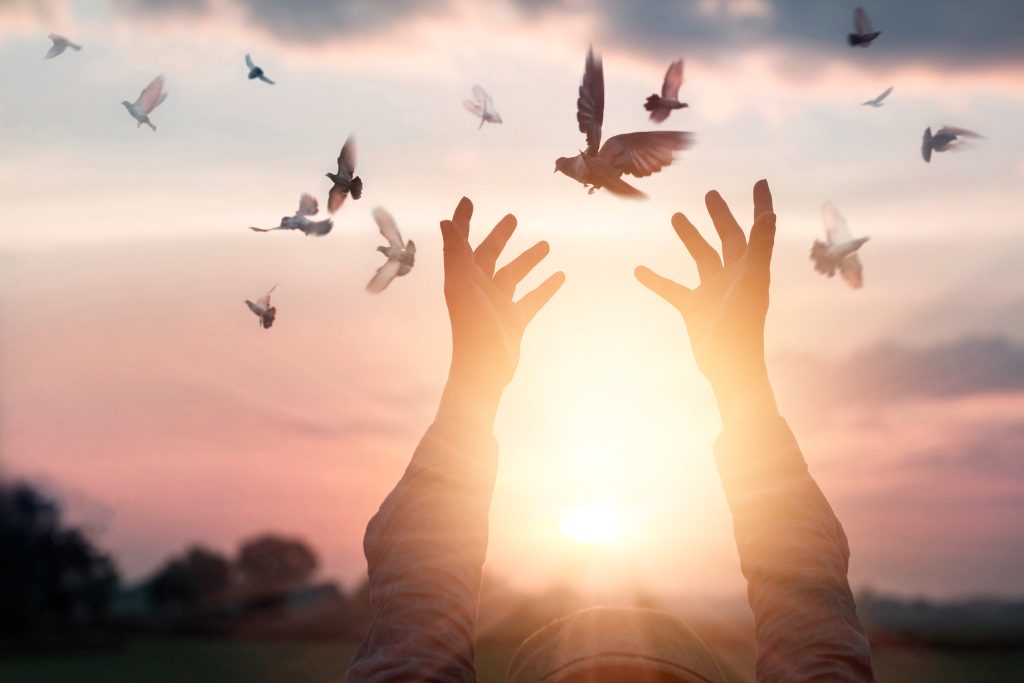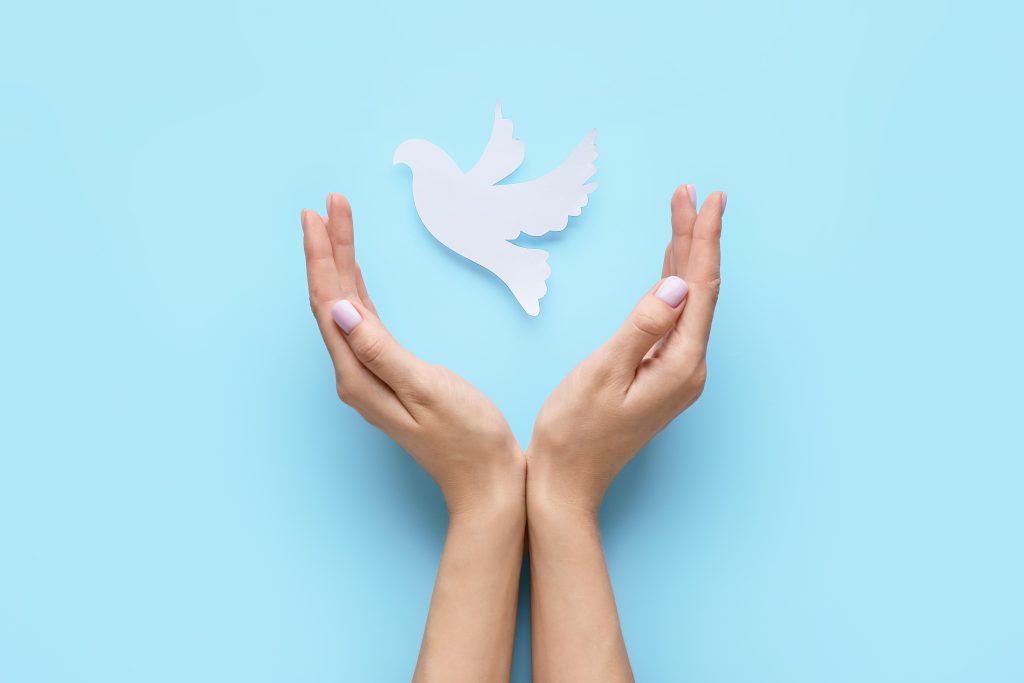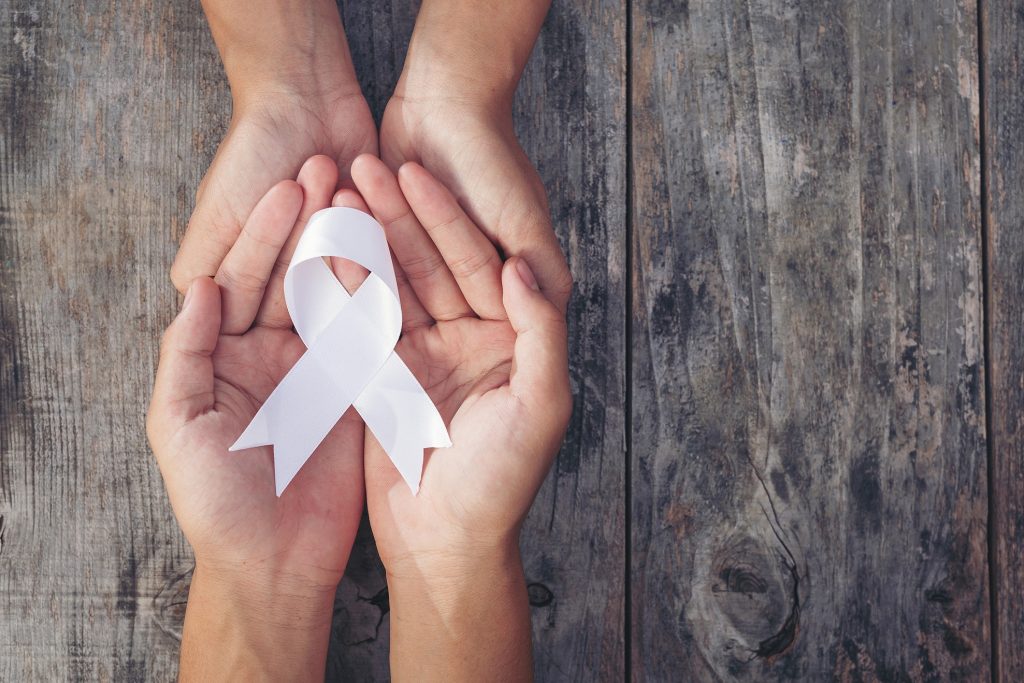Obviously, no one is unaware of how much is written about peace in the world. I believe that as much as that precept that is so important for human relationships: coexistence is not fulfilled.
What is peace and what is its importance in history?
When we talk about peace, it can not only mean the absence of war, but rather it means achieving an environment that eliminates any form of violence between people. Therefore, talking about peace is talking about harmony of differences and being able to be as tolerant as possible with others, something that leads us to better coexistence relationships and, why not, quality of life: the most important elements of a state of welfare in people and society.
There are many authors and thinkers who have reflected peace to us in their most famous phrases. As an example we can cite the following:
Kant – German philosopher, said: “Peace is not a natural state in which men live together. The natural state is rather that of war, one in which, although hostilities have not been declared, there is a constant risk that they will break out. Preventing the start of hostilities is not enough to ensure peace. For this reason, peace is something that must be implemented.”
Buddha, the wise man on whose teachings Buddhism was founded, said “More than a thousand useless words, just one that grants peace is worth it.”
On the other hand, the Norwegian sociologist that many mediators have learned from, Johan Galtung, believed in what he called “'Positive peace', which involved the generation of a harmonious relationship and focused on the fact that it is achieved when two or more Entities in conflict undertake projects together and the benefits generated by that project are shared equitably. Not mathematically equal, but it is important that there is no blatant inequalities between the parties”.

A reference for peace, the Indian lawyer and politician Gandhi left us phrases like this: “There is no path to peace, peace is the path.” What a great truth when mediators, when we try to create peace in the face of a conflict, the only thing we can guarantee is walking the path of the process, but not the result we reach because this only depends on the true attitude of the mediators.
The black American activist Martin Luther King, also referred to peace when he mentioned it, saying: “Peace is not just a distant goal that we seek, but a means by which we reach that goal.”
Nelson Mandela, who was a lawyer and imprisoned president of South Africa for many years, was referring to peace when he said that “Peace is not simply the absence of conflict; Peace is creating an environment in which we can all thrive.” Again he referred, like so many others, to the tolerance, so necessary in our days.
Finally, in these lapidary quotes, from which we learn so much, I will refer to Mother Teresa of Calcutta, an Indian nun who worked for peace, especially for those most in need and who said, “Peace and War begins at home. If we really want there to be peace in the world, let's start by loving each other within our own families."
The day of peace in our society
Well, with these and many other important references, for many years the day of peace has been celebrated in the world according to certain circumstances that make visible the importance of maintaining and exercising it.
There are two key dates: January 30 and September 21, to which I would add January 21.

On January 30, the School Day of Non-violence and Peace has been celebrated since 1964 (DENYP). The date is a tribute to Mahatma Gandhi, a pacifist leader who defended and promoted non-violence and peaceful resistance, who was assassinated on January 30, 1948 and as a consequence, our schools and institutes are filled with references and activities to promote peace. in the classrooms.
On the other hand, on September 21 we celebrate the International Day of Peace to strengthen the ideals of peace through the observation of 24 hours of non-violence and ceasefire. The United Nations General Assembly established the International Day of Peace in 1981, to ensure that all countries were aware that this defense of world peace is what unites us.
And finally, I suggested that we also keep January 21 in mind, but why? Well, because this is International Mediation Day, in celebration of the date on which the European Recommendation on Family Mediation was approved, on January 21, 1998. Since then, Spanish and European mediators have celebrated that day to give visibility to this complementary method, which is committed to peace and harmony of differences.
I would also like to take advantage of this post to complete the information for the reader and have all the useful references about the day of peace in history.
If we look for who was the creator of the peace symbol, the one that looks like an inverted Greek “Y” surrounded by a circle, which is known as the peace symbol, was designed in 1958 by the British artist Gerald Holtom. And the same can be said of “color of peace”. We all know what it is: white. And why? Perhaps because it represents the absence of color, which colors any activity and shows the irascibility of people.
And it goes without saying about the animal that represents peace: the dove. The dove of peace is a very ancient symbol. It appears in the book of Genesis and represents peace and reconciliation after the universal flood. Thanks to this, it was accepted as the representative of the end of the problem.
But peace, dear friends, is IMPERFECT, since there is no certain peace without the harmony of differences; There is no elimination but rather coexistence after the conflict, that is my experience from the mediation.
There are many professions that work towards peace and among them mine, the professional mediation. In a conflict management process like ours, there is no other objective than to seek peace, trying to achieve a healthy relationship where the parties come to say: “I understand you although I don't share it”, that phrase intrinsically contains the two truths to find peace and balance, empathy and assertiveness. This can only be achieved in mediation, if with our work we manage to restore to the parties their ability to generate that peace.
Tips to resolve a conflict through mediation
When many mediators talk about methods to reach agreements or understanding between opposing parties, they talk to us about the usefulness of the so-called “peace circle.” We all know that peace and mediation are two concepts that go hand in hand, to navigate the ashes of a conflict, but what does this method consist of and how useful is it for our profession?
Its foundation is simple, and it is used more and more in our classrooms: it is about holding meetings where we get agile, quick and simple responses, which lead us to combine our show of empathy with others and our assertiveness, for demanding what we want. We believe it is viable. With this we manage to “restore” the wounds between those confronted and above all, in the presence of those who have indirectly experienced the problem. Let's not forget that the main objective of the circles is to improve interpersonal relationships, facilitating group work.

Thus, through the Peace Circle, we can resolve their differences and seek social peace, since they promote the interest of the participants in it and it has many advantages, due to the experience I have as a mediator:
– There is no discrimination of any kind, any type of people can join
– They promote values such as respect, tolerance and inclusion
– Helps people to reflect and dialogue calmly
– Teaches the value of listening
– They create a safe space so that everyone can express themselves without being judged
– Improves communication and relationship between participants
I encourage you to learn about the application of these “circles” and I show you what for me are the main keys to seeking peace through mediation.
- Channel the attitudes of each party, since there can simply be three: positive (the ideal one to work on the process), negative (where you let yourself be carried away by worry, fear and disappointment and you think that you will not be able to mediate) and the neutral (which will allow you to observe the problem from different perspectives, distance yourself, avoid judgments and search for automatic answers)
- Change the perspective of matters. Seeing it from another perspective depends exclusively on you, for them and for you.
- Get them to express emotions. It is not good to accumulate or repress them, this causes the balance to break down and therefore, the power of decision is nullified.
- And finally, be a catalyst, ask what you think is appropriate, delve deeper, analyze, value, move your chips. Think and activate a solution that, although they agree, you are also a promoter.
And of course, it goes without saying, listen, identify, manage... but you already know that.
Train in mediation from the best active professionals and turn your professional career around with our Master in Mediation and Conflict Management.




